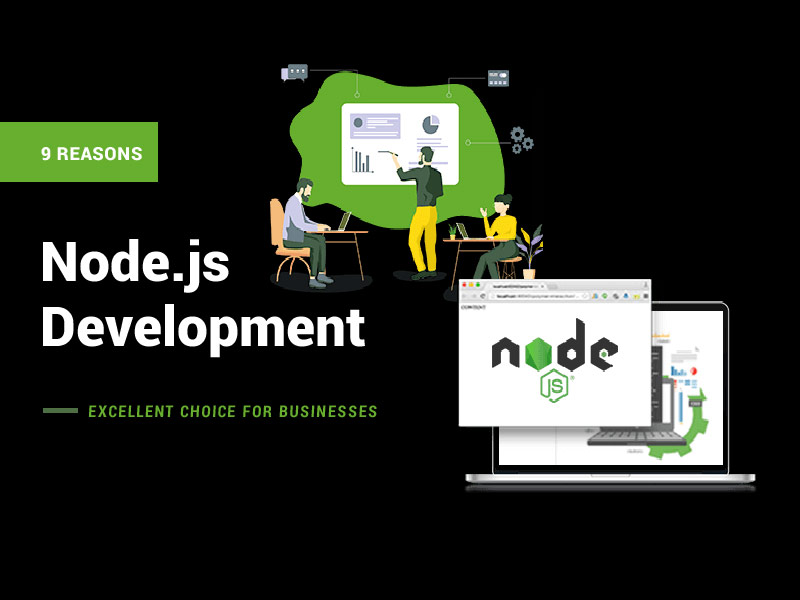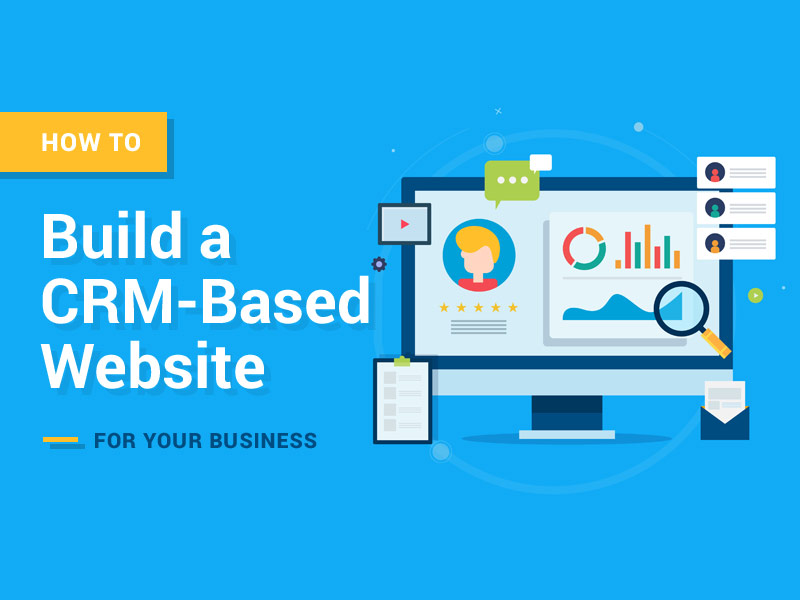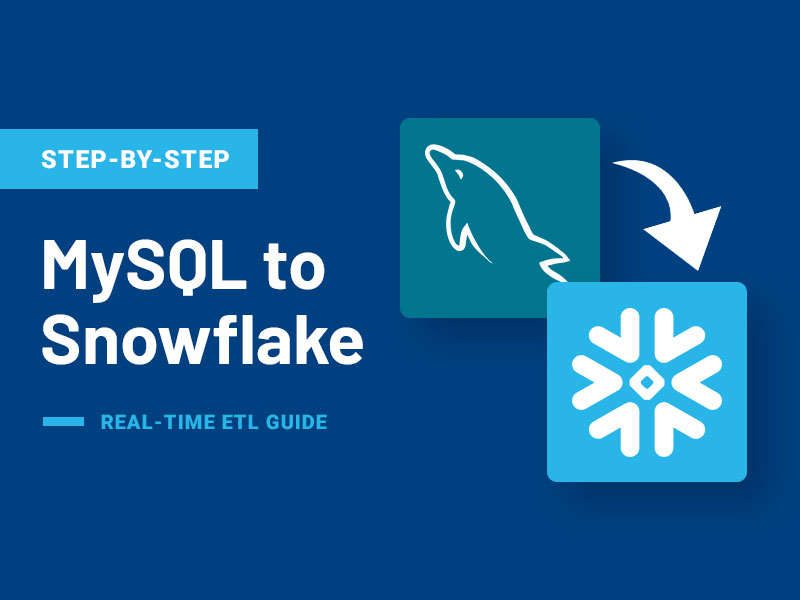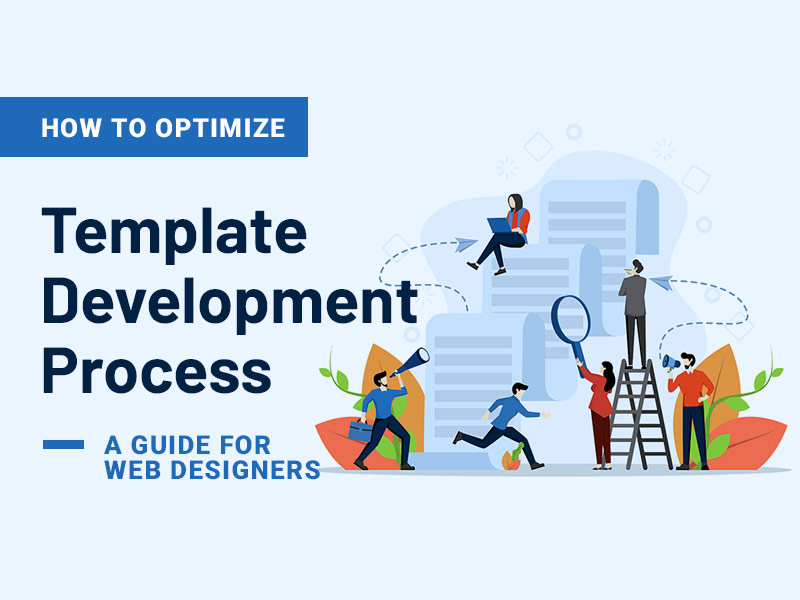I’ve worked in the web development industry for over 15 years, and do you know what I’ve learned? Web developers think they need to hustle to get clients. They’ve just accepted it as a way of life.
But when I started my web development business several years ago, my goal from the outset was to create a system that would deliver qualified leads direct to my inbox. I didn’t want to rely on word of mouth, or attend networking events every week, or spend all my time on social media. I wanted somebody else to do business development for me. That somebody was my website.
How you can build your business on SEO
SEO is biiiig business. People tend to think of it as scary, complex, and expensive. Well, the truth is it can be all of those things.
But I don’t sell SEO services. I’m not here to impress you or to get you to buy from me. I’m here to tell you how I made SEO work for me, so you can apply the same lessons to your business. If you follow this article, you’ll create a system that sends you warm leads on autopilot.
Your step by step lead generation guide
The crux of it is this: you want to be there when people need you. Sure, your name could pop up in a conversation, or you might be in the right place at the right time on social media, but in an ideal world, you want your website to be high up in the search results when people are looking for what you have to offer. The absolute first step is to define your ideal customer.
Step 1: Your ideal customer
You can’t rank highly on Google unless you narrow your focus. Well, you can try, but you’ll spend lots of time and money and end up ranking for vague keywords that send unqualified traffic. You must define your ideal customer. Ask yourself these questions:
- Who do I love working with the most?
- What impact do I want to have in the world?
- What would I do free of charge?
These might sound like far-out questions but they are intended to help you get to know you. And if you can figure out the things that motivate you, it becomes much easier to create a message that resonates with others who feel the same. This is sort of like niching down, but we’re doing it based on your value system rather than market opportunity.
So, who’s YOUR ideal client? Once you figure that out, you’re ready for step 2.
Step 2: Your landing page(s)
Have you ever attempted to write the copy for a landing page without having a clear idea who the reader is? Unfortunately, this is the case for most web developers. That’s why they fallback on talking about their technology, or by making vague statements about “crafting experiences“.
If you’ve followed step 1, you’ll know your reader. Now, take one of their pain points and create a landing page about it. Let’s take a few examples:
- You build websites for microbreweries who want to celebrate the launch of a new beer
- You build websites for hair salons who want more bookings
- You build websites for lawyers who specialize in injury claims and need more leads
As a web developer, there is so much value you can deliver simply by leaning into the problems and goals of your ideal client.
Let’s recap: you’ve identified your ideal client and now you’ve created at least one landing page that focuses on at least of their goals. Next up, SEO.
Step 3: Send traffic to your landing page
Let me start by saying that you don’t need to get traffic from search engines. If your budget allows and you expect a high conversion rate from your landing pages, you could send paid ad traffic to your website. But, investing in SEO means that you’ll have a stronger sales pipeline over time because you’ll need to invest less capital on an ongoing basis. Organic traffic is often referred to as “free” traffic, and whilst that’s not true (SEO is a big investment), it can deliver a more sustainable stream of warm leads that paid ads simply can’t.
What you need to do to get people to your landing page is to talk about their problems and goals elsewhere on the web. In the earlier example, I mentioned microbreweries, hair salons and lawyers. If you are serving this constituency of people, you should know them quite well. Perhaps you brew your own beer, or perhaps you practiced law or hair styling at college. This is where you draw on your knowledge and experience and reach out to like-minded blogs and news sites to offer them your content.
- Enjoyed a particular beer? Reach out to breweries and ask if you can write a guest post about pairing beers with different foods
- Have a talent for giving makeovers to friends? Email fashion and style blogs offering to write about your experiences
- Have some strong opinions on the way various laws are created? Offer your insights to legal blogs.
With each piece of content you write, you’ll include a link back to your web development page on the subject. In no time at all, you will begin to rank highly in Google for relevant search terms:
- “Web design for breweries”
- “Website services for hair salons”
- “Web development for law businesses”
Consider for a moment what this could do for your business.
Summary
As you can see, this will take some intellectual investment on your part. But being a strategic, lead generating business takes effort. If you’re ready to take your web dev business to the next level, be prepared to work in this way. Make an effort to specialize, to appeal to a specific sector and serve them. If you can do this, you’ll generate more leads and command a higher rate for your work. No more hustle!







